On the left is a photo from the day I planted it last August. On the right is a photo I took today. Doesn't it look happy? Seeing the pictures side by side totally made my day:
|
Last August, I did a little post about guerilla gardening--that is, planting plants on public or pseudo-public property. Many of my guerilla gardening attempts failed--frost killed off my haworthias in front of the post office, and overaggressive pedestrians demolished the crassulas I stuck into a planter bed. But one of my efforts paid off particularly well. I hadn't thought about this little echeveria for some time, but I remembered it today and dropped by. On the left is a photo from the day I planted it last August. On the right is a photo I took today. Doesn't it look happy? Seeing the pictures side by side totally made my day: For good measure, here's a closer-up shot:
Recently, my mom was in Home Depot, where she spied something truly horrific--something no human being, and certainly no lover of succulents, should ever have to witness. I hate to share this picture with you, because you won't be able to purge the image from your mind. But I'll share it as a public service. People need to know. What you see below is, in fact, nearly a dozen spray-painted succulents that I believe were aloe aristatas before they were defaced. 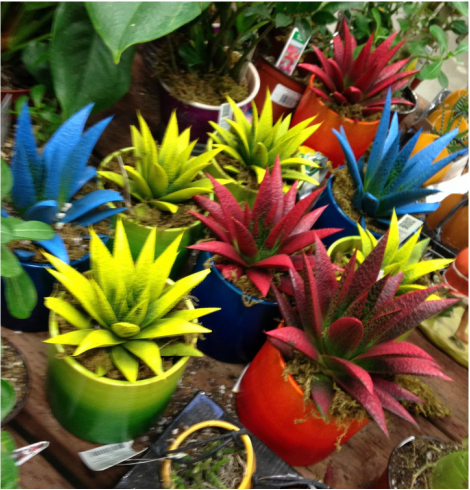 At first, I thought: those big-box store people are ridiculous. They'll try anything for a buck. But no one will like this or think it's a good idea. Such tomfoolery will never catch on. After all, not only does spray-painting beautiful plants plainly desecrate them, but it makes them look weird and unnatural. Also, I'm no botanist, but I'm pretty sure that covering a plant with paint will inhibit its ability to breathe, and thus to live. Then, partly to reassure myself, I googled, "spray-painted succulents." This was a mistake. Had I not googled "spray-painted succulents," I never would have known that there is, in fact, a whole cadre of online craftspeople and wedding planners who are positively bursting with enthusiasm at the idea of defacing these drought-tolerant gems of the plant world. I would have remained innocent, optimistic, naive. But no more. Since misery loves company (and since I can't feel adequately aghast unless others are aghast, too), I'll share some of my least favorites.
To add insult to injury, momadvice.com's paint job is shoddy, especially the blue faucaria (what was going on there!?). Here are some others that I hate. Take a stand, my dear succ-er friends. This nonsense has got to stop. (Or at least leave a comment below telling me you're as aghast as I am!)
Greetings, Succ-ers! Happy New Year! It's been a looong while since I've written anything for you, regrettably occupied as I have been with thus-far unsuccessful job applications and canine histiocytic sarcoma. But here I am to play a game! A GAME! YAY!!!! Okay, the name of this game is Guess What This Succulent Was Before Everything Froze. Below, you'll find pictures of eight different kinds of succulents and all of their names, but I have cleverly switched the names around. Think you can rearrange them into the correct order? Yeah... It's been a frosty winter here in Northern CA. And although I managed to get most of my succulents indoors before the frosts started hitting, I didn't quite make it to all of them, and these poor things are among the casualties. I promise that my next post will be a little less sardonic. ;) And in case anyone's interested, here are the answers to Guess What This Succulent Was Before Everything Froze:
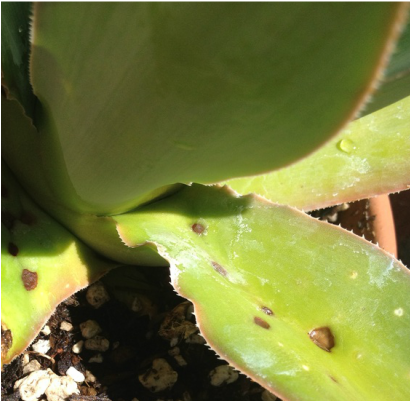 I several agaves, three of which are the gorgeous hybrid known as "blue flame." Two of my three blue flames, though, have recently become plagued with a few little brown spots on their lower leaves. Any idea what's going on with this? There's nothing on the back of the leaves--no bugs or anything. And so far it's just the lower leaves. It's also only my younger blue flames (maybe 8-10" across) that are affected. My big one seems to be doing fine... |
|
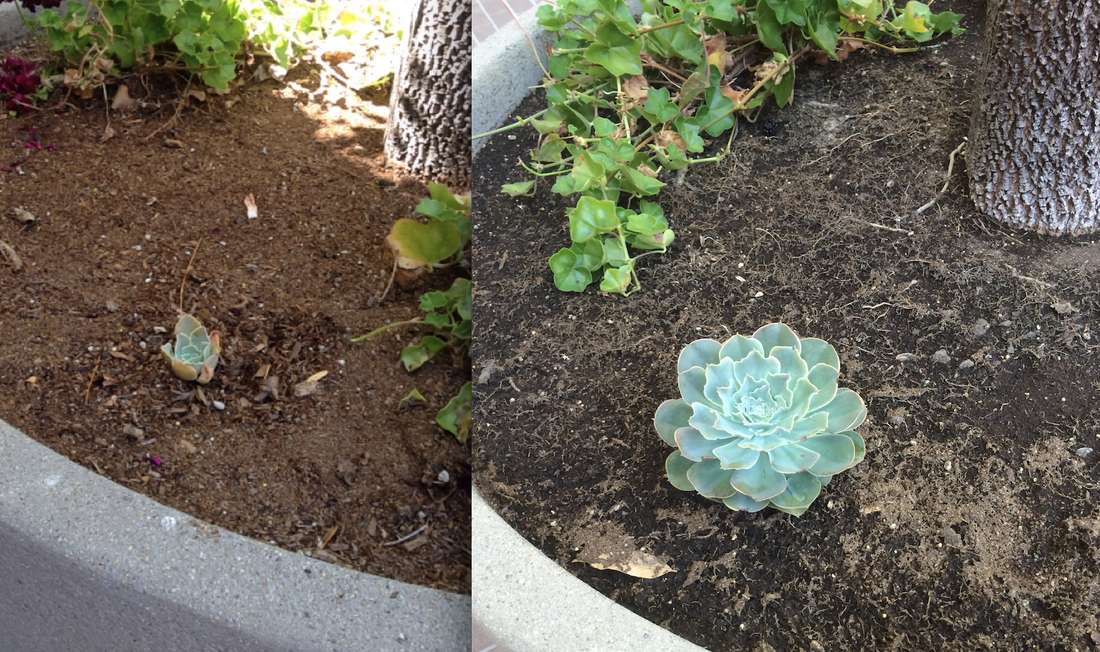
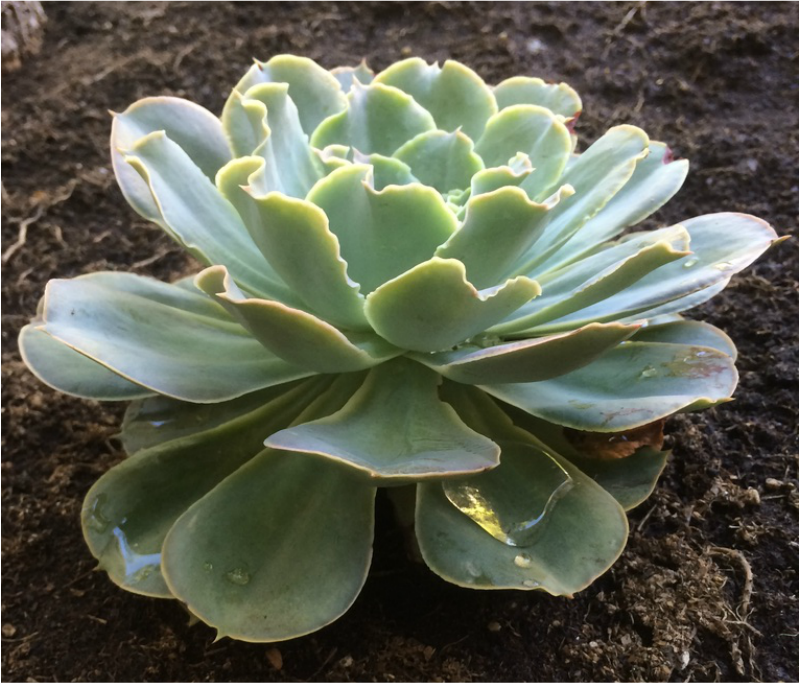
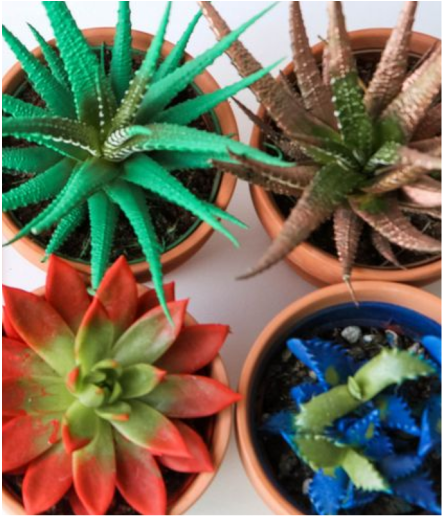

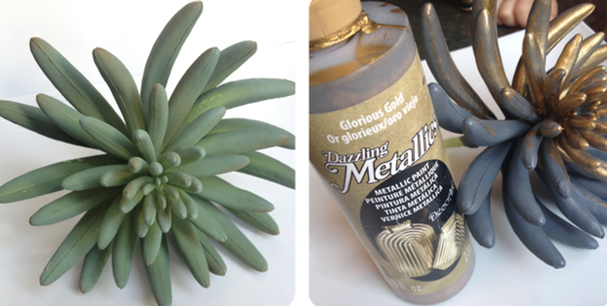
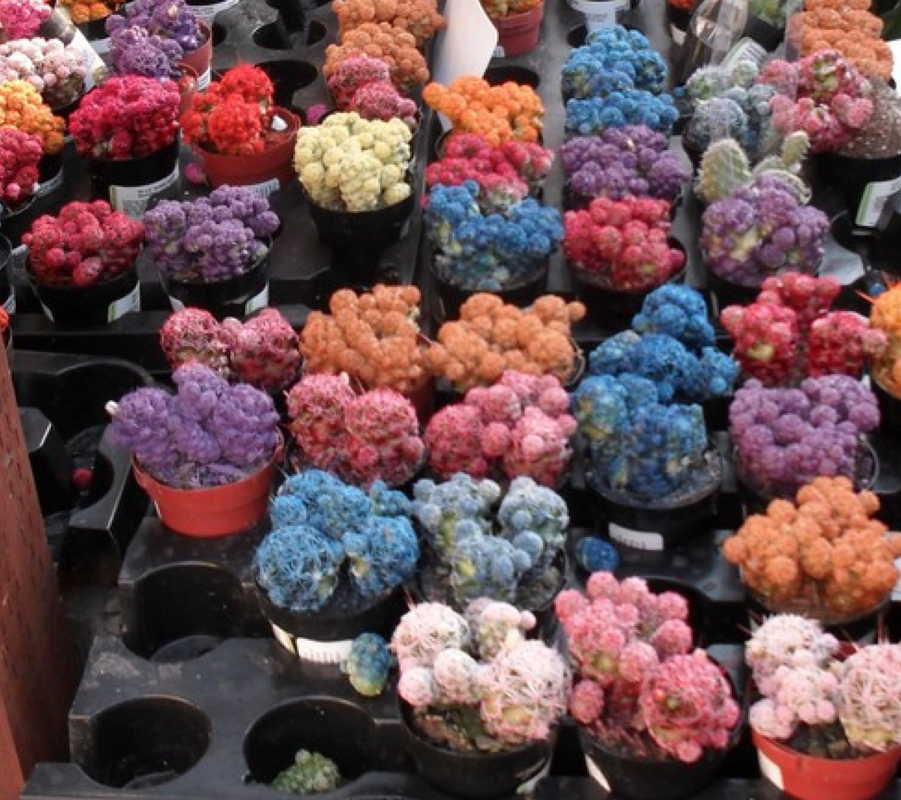
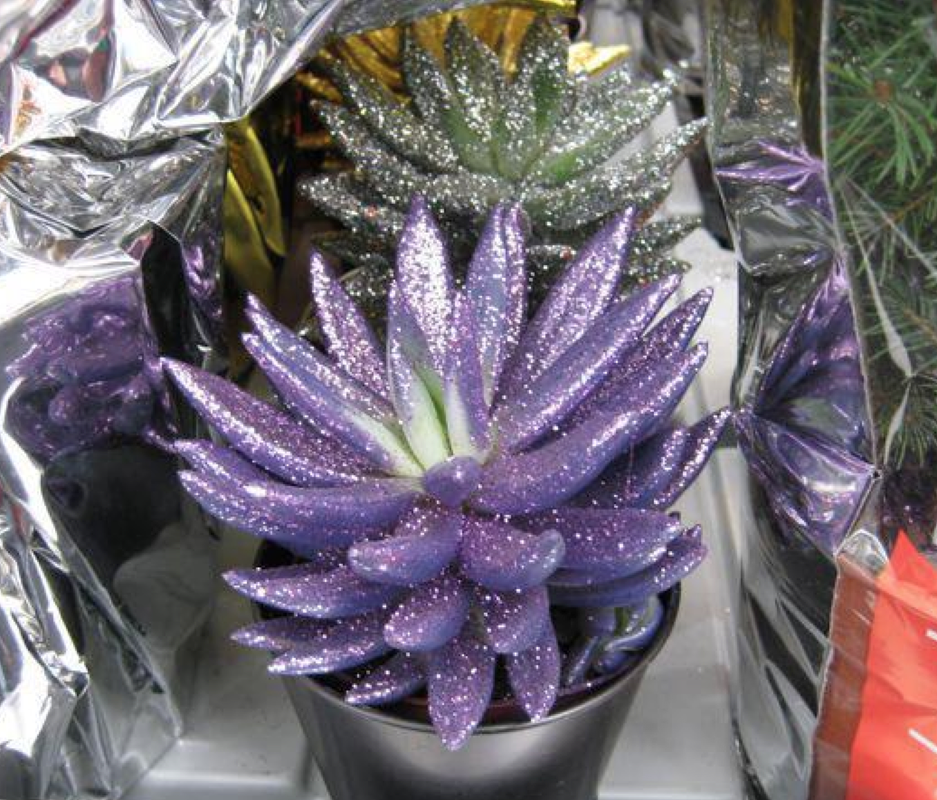
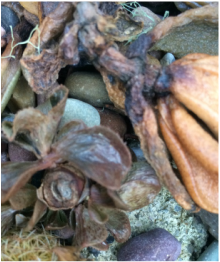
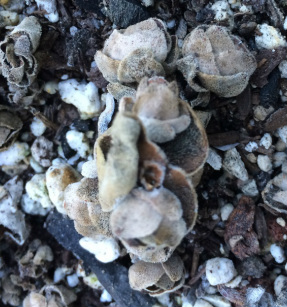
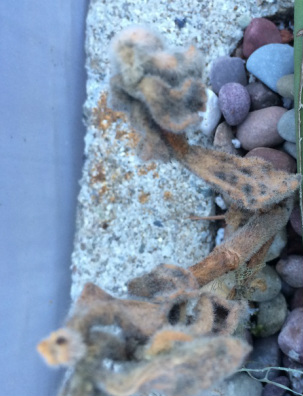
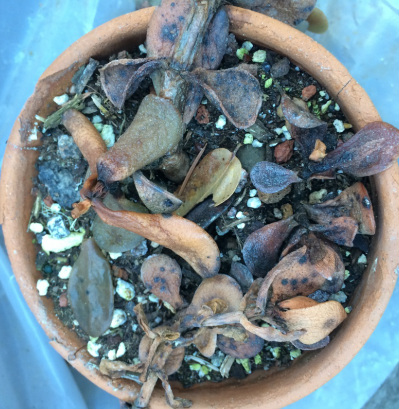
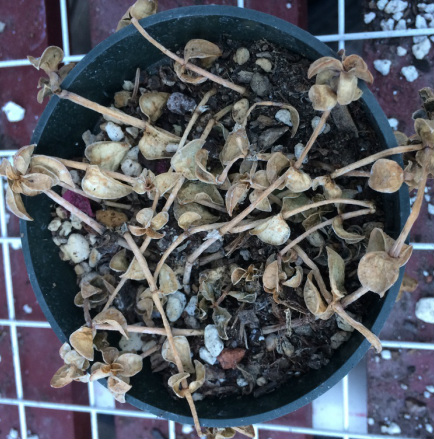
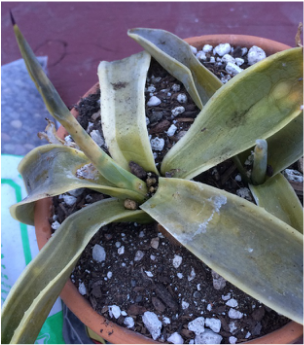
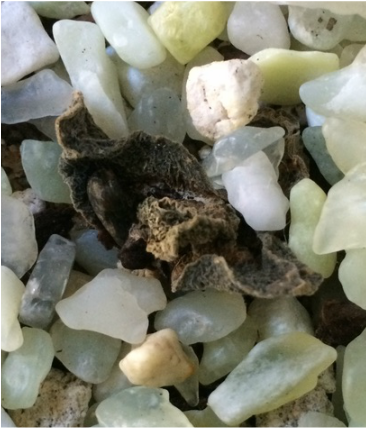
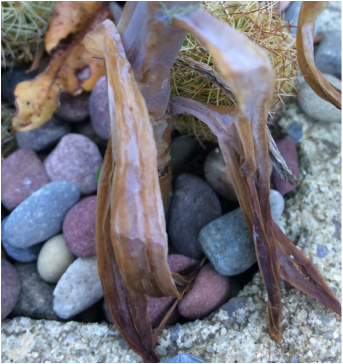
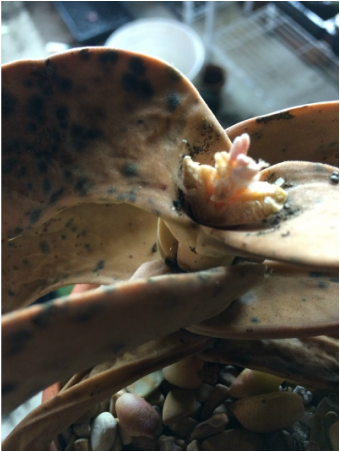
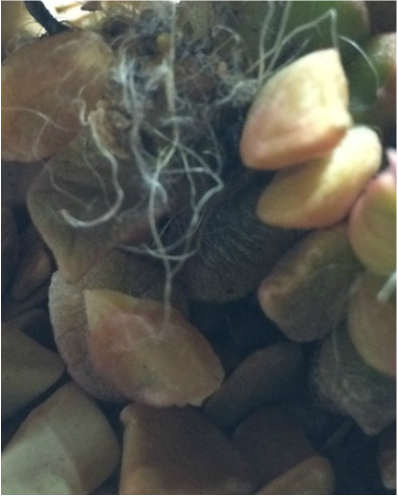


 RSS Feed
RSS Feed